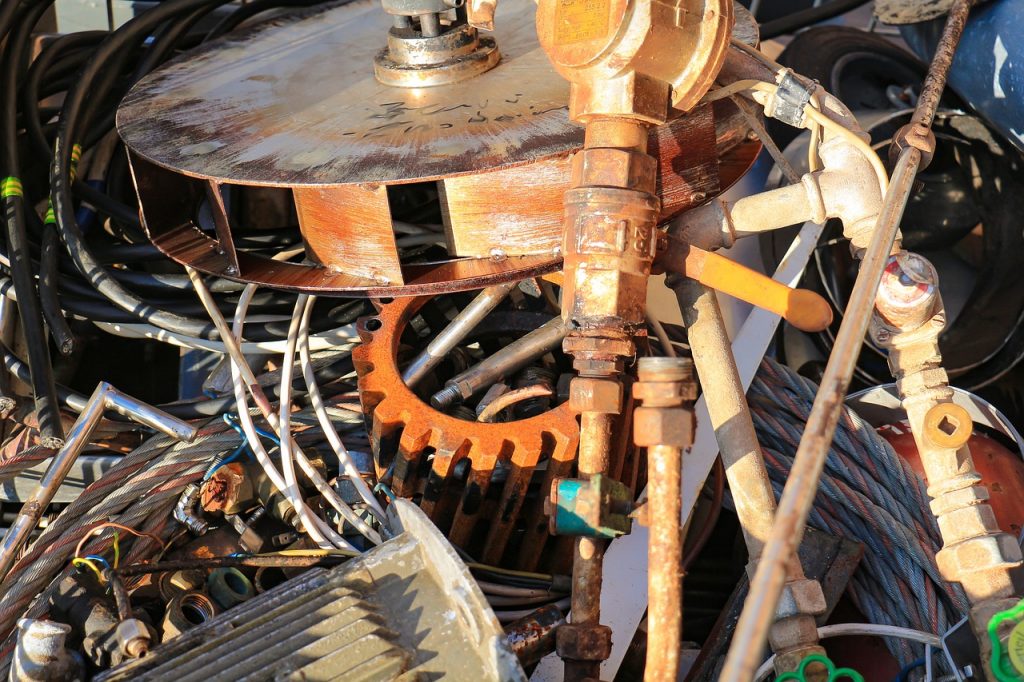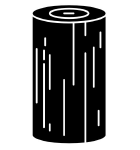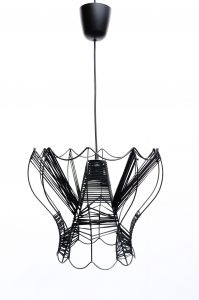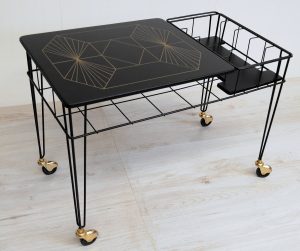Introduction
Steels are the most common metals in use followed by aluminium. Steel manufacturing is energy, water and carbon intensive (accounting for 3% global carbon emissions) and involves a lot of waste and polluting byproducts. However, steel is easily recycled and does not lose strength.
Aluminium manufacturing is extremely energy intensive, which is why it is more expensive than steel, and also produces highly complex waste byproducts. However when recycled aluminium is used only 5% of the energy used to produce aluminium from ore is required.
How to reuse steel?

Rebuilding a Wheelchair with bicycle parts – EcoStep Design Competition entry
PFI solidary wheelchair process-75828Upcycling from Brikbags/Tetrapaks – EcoStep Design Competition entry
“The Tetra Pak / Brikbag continues being the most used for the sale of beverages. In 2012, on the EU scale, this material was produced in quantity of 936 382 Mg, from which 40% have been recycled and 29% used in energy recovery processes. Material recycling is a challenging task in case of Tetra Pak packaging”
Contribute to the Recycling Movement
Productions from bricks
Milk tetra paks / briks being given a second life by creating beautiful and resistent portfolios and clutch bags.
Circular Economy
In 2016, Tetra Pak joined the Circular Economy 100 (CE100), a precompetitive multi-stakeholder platform established by the Ellen MacArthur Foundation. Participating organisations work towards building a restorative and regenerative economy. Our membership enables us to test, scale and develop innovations in collaboration with other CE100 members, ensuring their ultimate viability.
Read more here
Source: https://www.tetrapak.com/sustainability/circular-economy











